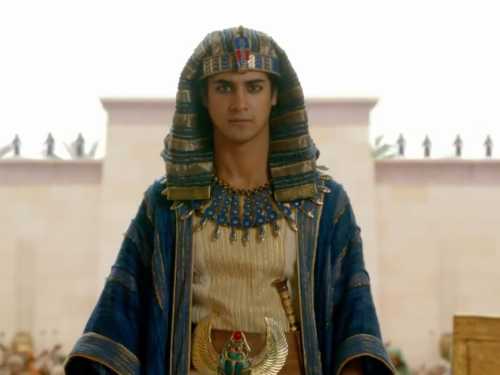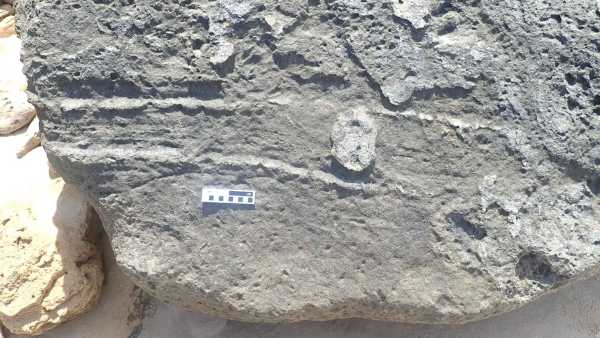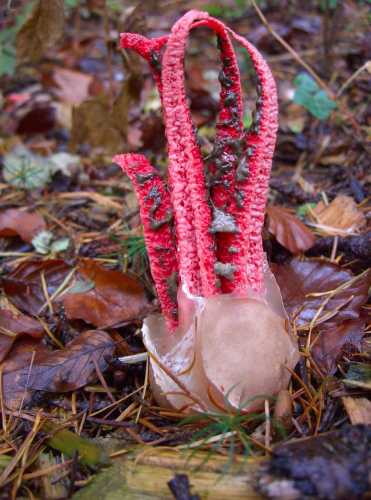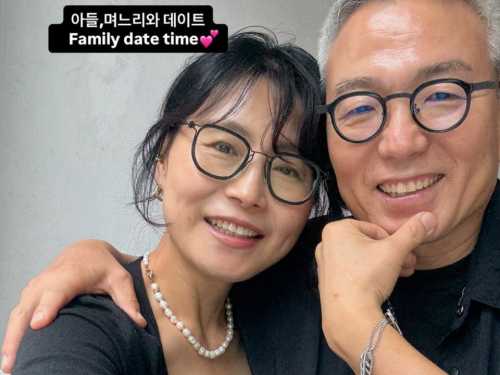
This raises an interesting question: have you ever noticed that in their canonical depictions, Egyptian pharaohs were almost never shown with their own hair? Although there are depictions of young pharaohs with a “lock of youth” or rulers of early dynasties with short hair. Rulers, like priests, often shaved their heads as a sign of purity, so in most statues, sculptures, or paintings you will almost never meet a pharaoh without a headdress.
And the most famous ancient Egyptian headdress, the one you're probably most familiar with, is the golden nemes with blue stripes, worn by the most prominent pharaohs of antiquity, such as Tutankhamun.
So why did the pharaohs of Ancient Egypt wear such headdresses?
Royal headdresses of the pharaohs of Ancient Egypt
At different times in Egyptian history, the crowns of the pharaohs (royal headdresses) were quite different from each other. By 3000 BC, the rulers of the Egyptians had a white crown of Upper Egypt (hejet) and a red crown of Lower Egypt (deshret).
When Egypt was unified, these two crowns were combined into one Double Crown (pshent), symbolizing the absolute power of the pharaoh over these two regions.
A separate type of crown was the atef – a combination of a white hedjet crown, complemented by two ostrich feathers on the sides. This crown was closely associated with the god Osiris, and the pharaohs wore it during specific religious rituals to emphasize their connection with this deity. Starting from the Eighteenth Dynasty, the pharaohs also actively used the blue crown (khepresh), which was worn not only during war or hunting, but also at many court ceremonies.
Why did the pharaohs wear the famous striped nemes on their heads?
The nemes is a striped linen headdress, structured in a way that drapes over the shoulders and has a tail down the center of the back. This headdress, best known for its blue and gold color, was a symbol of power, primarily for the pharaohs, although it was sometimes worn by deities.
Among other things, it is the most common and recognizable headdress of the pharaohs, often depicted on statues, tombs, and in Hollywood films, and its appearance dates back to the Old Kingdom.
It is the blue and gold stripes that are most famous thanks to the burial mask of Tutankhamun. In this ideal, divine color scheme, blue was associated with the endless sky, and the gold stripes were considered the “flesh of the gods” and symbolized incorruptibility and eternity.
However, it is worth noting that many statues and reliefs depict Nemes without color (only relief stripes) or with other color combinations, so the blue-gold version was rather a reference, especially for images related to the afterlife.
In fact, the “nemes” is not a crown in the pure sense, but a striped royal headdress. It covered the back of the pharaoh's head and was often worn instead of a crown or as its base. Its main purpose was primarily symbolic and ritual.
However, although the practical function was secondary, it should not be underestimated: in the desert climate, any headgear played an important role. The linen fabric from which the nemes was made really protected the head and neck from the scorching sun, sand, and dust.
Two parts of the nemes cloth hung down along the ears on the front of the shoulders, and at the back the cloth was tied into a braid resembling a tail. To the front was attached the “urai” – an image of the sacred cobra, the goddess Uajit, who personified the divine power of the king.
There is a very common and plausible theory that the very shape of the nemes is intended to imitate the hood of a cobra. Although no direct ancient Egyptian texts have survived to confirm this, the conclusion is made on the basis of visual similarity. Thus, the flanges falling on the shoulders could symbolize an open hood, and the back braid could symbolize the tail of a snake, indicating the constant patronage of the goddess Wajit.
The Egyptians were very religious, so the pharaoh was considered the son of the sun god Ra and the young god Horus. Because of this, the pharaohs needed royal attributes that indicated their unshakable power, invincibility in wars, as well as the patronage of the goddesses-protectors of Lower and Upper Egypt – Wajit and Nekhbet. In this regard, the images of these two goddesses have always been necessary elements of the headdress of the ruler of Egypt and directly indicated his true divinity.





